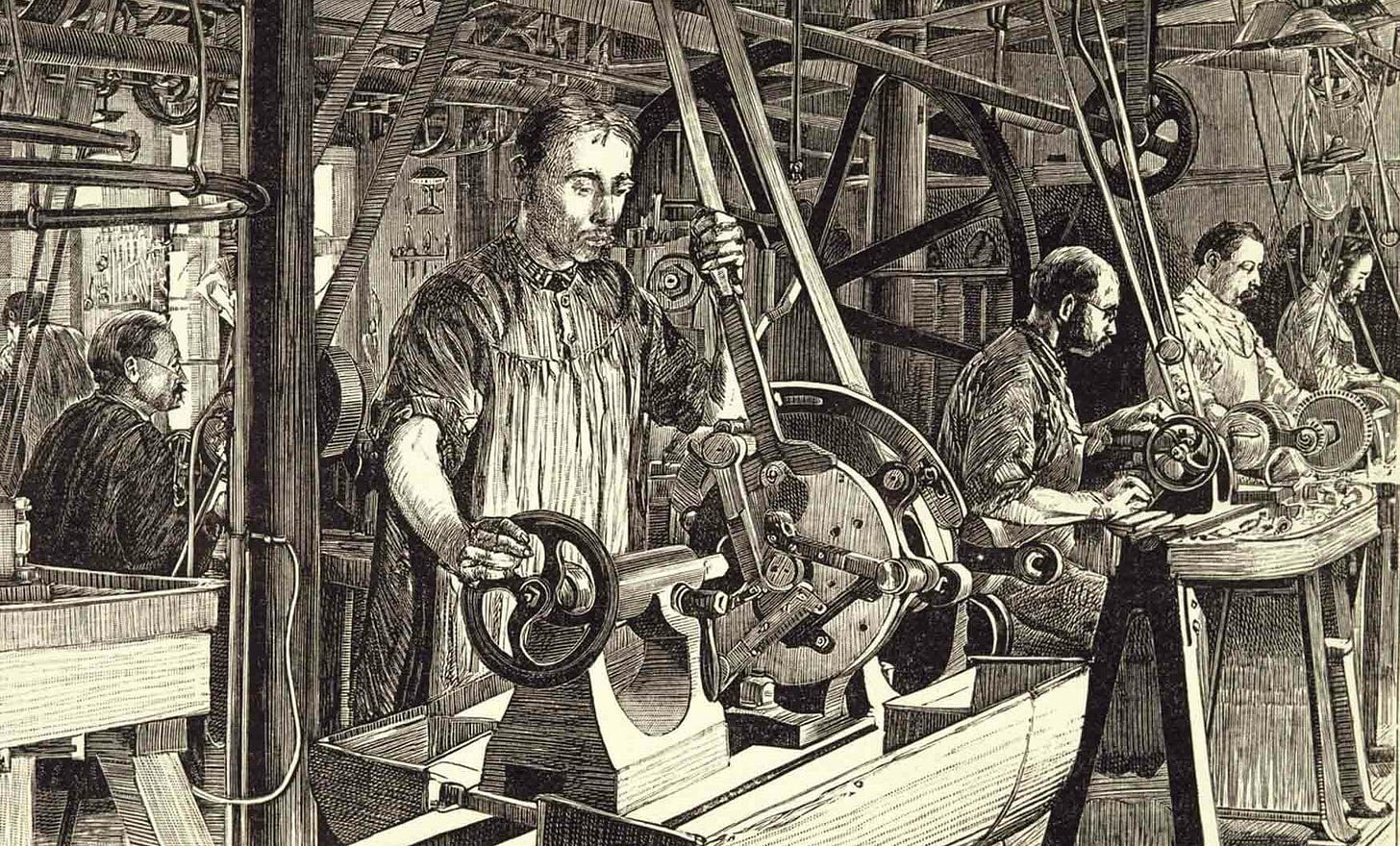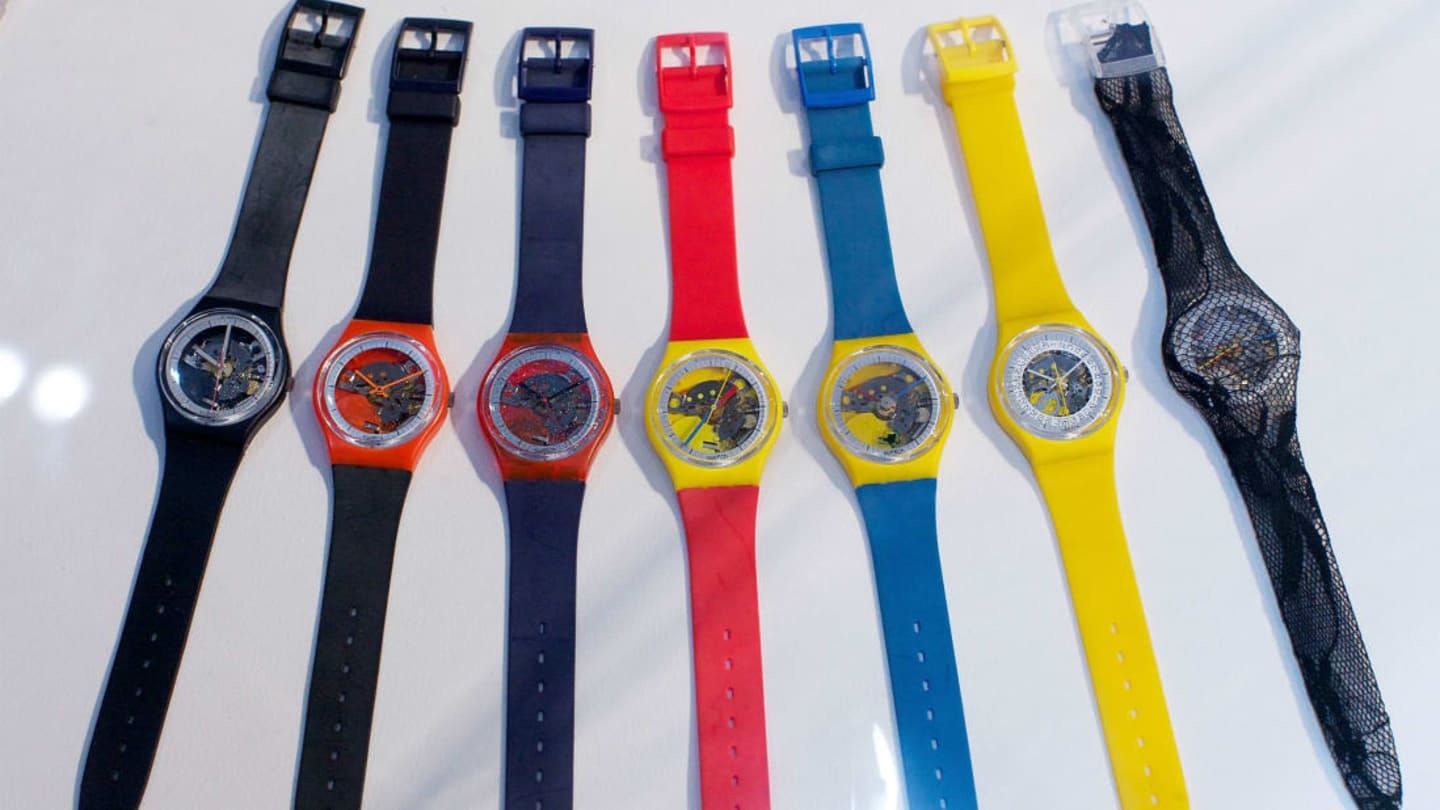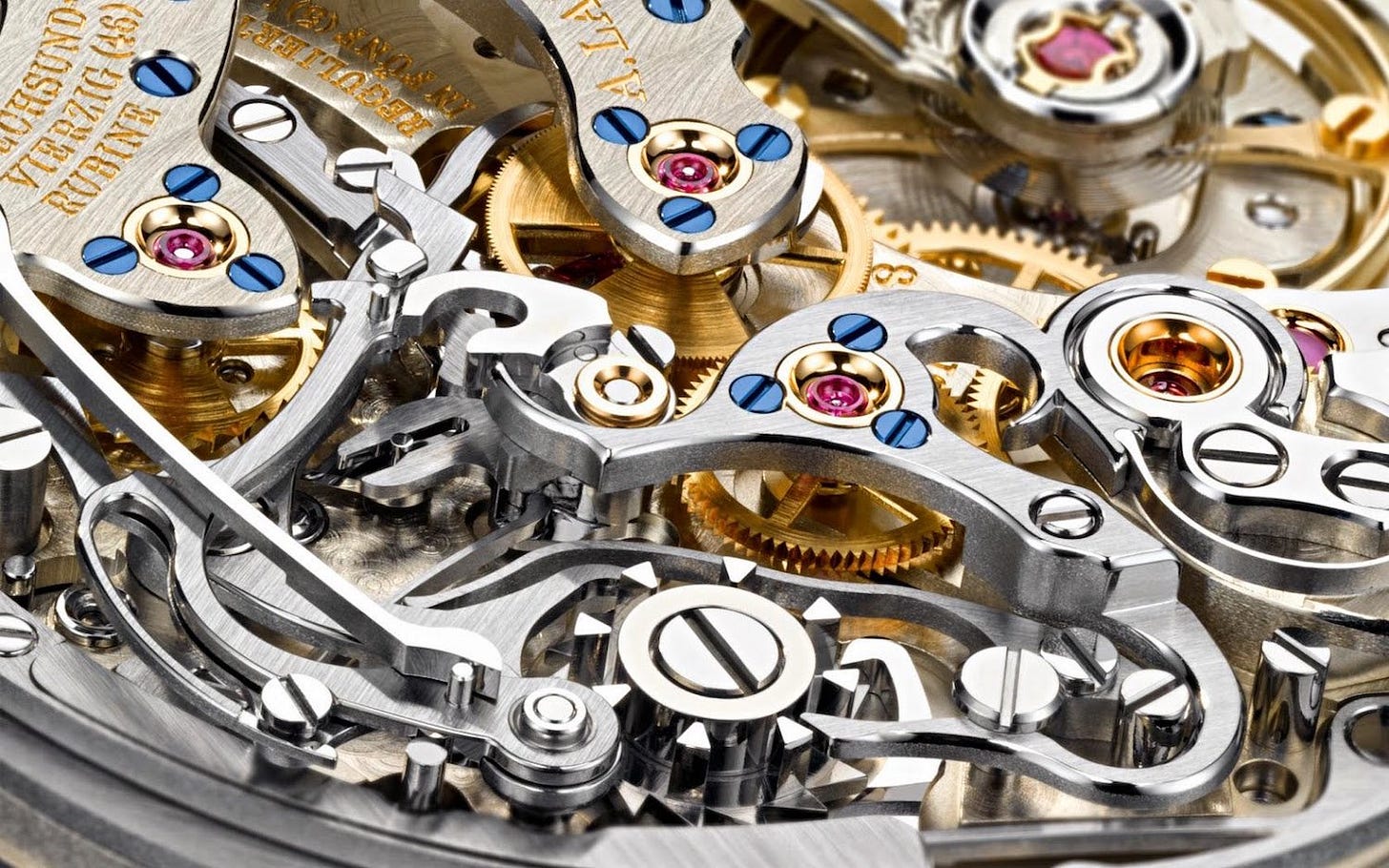The Truth About Swiss Made Watches
Your Exclusive Dive into the World of Horological Mastery
Welcome, Time Enthusiasts!
What does "Swiss Made" really mean when it’s stamped on your watch? Is it a guarantee of unparalleled quality, a clever marketing trick, or a bit of both? In today’s newsletter, we’re pulling back the curtain on Switzerland’s horological legacy. Expect captivating stories, surprising history, and insider facts that’ll make you the sharpest mind at your next watch party. Let’s wind up and dive in.
The "Swiss Made" Promise: What You’re Really Buying
Picture this: a sleek Rolex Submariner or a vibrant Swatch on your wrist, proudly bearing the "Swiss Made" label. It’s more than a tag—it’s a legal promise. Since 2017, Switzerland’s strict rules demand that at least 60% of a watch’s manufacturing costs happen on Swiss soil. The movement must be Swiss-assembled, cased up, and inspected there too. But here’s the twist: not every gear or spring is Swiss-born. Some parts sneak in from Asia, polished just enough to qualify. Critics like H. Meylan of Moser call it a loophole—does that dim the shine for you, or is it just global reality?
This label isn’t cheap. It’s why Swiss watches dominate over 50% of the global market by value—$26 billion in 2022 alone. You’re not just buying time; you’re investing in a legacy of precision and prestige.
A Reformation Revolution: How It All Began
Let’s rewind to 1541 in Geneva. Jean Calvin, the stern Protestant reformer, bans jewellery as frivolous. Goldsmiths, suddenly jobless, turn their nimble fingers to crafting timepieces. By 1601, they form the world’s first Watchmakers Guild, and a star is born. Fast forward to 1790, and Geneva’s exporting 60,000 watches a year—impressive for a pre-industrial era.
The Jura mountains become the next hotspot, thanks to Daniel Jeanrichard’s "établissage" system around 1700. Think of it as the original assembly line: one artisan makes gears, another springs, and voilà—mass production, Swiss-style. This ingenuity sets the stage for centuries of dominance.
Legends of Innovation: Moments That Shaped Time
Swiss watchmakers didn’t just keep time—they redefined it. Here are some jaw-dropping milestones:
1770: Abraham-Louis Perrelet invents the "perpetual" watch, a self-winding marvel that whispers, “I’ll keep going if you do.”
1816: Louis Moinet crafts the first chronograph, a "compteur de tierces," timing down to the sixtieth of a second.
1969: Omega’s Speedmaster lands on the moon with Apollo 11. Buzz Aldrin’s wrist proves Swiss precision can conquer space.
1983: Swatch bursts onto the scene, turning cheap quartz into collectible art. (More on that wild story in a sec.)
Each tick of a Swiss watch carries this history—centuries of trial, error, and triumph.
The Swatch Surprise: A Saviour in Disguise
Here’s a tale you didn’t see coming. By the 1970s, Swiss watchmakers were reeling. Japan’s quartz watches—cheap, accurate, unstoppable—triggered the "quartz crisis," slashing Switzerland’s market share. Enter Swatch in 1983, brainchild of Ernst Thomke, Elmar Mock, and Jacques Müller. These colourful, affordable timepieces weren’t just watches—they were a rebellion.
Swatch flipped the script, making watches fun again. Limited editions sparked a frenzy—buyers donned disguises to snag extras, and today, some fetch thousands at auction. From near collapse to a $26 billion comeback, Swatch proved "Swiss Made" could evolve. Ever hunted for a rare Swatch? Tell us your story—we’d love to feature it next edition!
Icons of the Alps: Brands You Need to Know
Swiss watches are a hall of fame. Here’s your cheat sheet to the legends:
Patek Philippe (1839): The Calatrava oozes elegance; the Nautilus screams status. Their Grandmaster Chime? A $2.6 million masterpiece.
Rolex (1905): Submariner for divers, Datejust for dreamers—rugged luxury at its finest.
Omega (1848): Speedmaster went lunar; Seamaster seduced James Bond.
Swatch (1983): Affordable flair that rewrote the rules.
These names aren’t just brands—they’re stories etched in steel and sapphire.
The Craft: Why Swiss Hands Matter
Ever wonder why Swiss watches feel different? It’s the artisans. A single movement—sometimes 100+ tiny parts—is hand-assembled, adjusted, and finished with techniques like perlage (swirling patterns) or Geneva stripes. It’s art you wear. High-end pieces demand servicing every 3-5 years, but that’s the price of perfection. Next time you wind your watch, imagine the hands that built it—decades of skill in every tick.
The Debate: Is "Swiss Made" Still King?
Not everyone’s sold. Some argue the label’s diluted—60% Swiss costs sound impressive, but what about the other 40%? Asian components, minimal Swiss tweaks, and boom, it’s "Swiss Made." Yet, for most, the prestige holds. It’s why a Rolex commands respect and a Patek Philippe breaks auction records. What’s your take? Is it heritage worth paying for, or a clever branding flex? Hit reply—we’re dying to hear.
Your Timepiece Takeaway
"Swiss Made" isn’t just a label—it’s a saga. From Calvin’s ban to Swatch’s revival, it’s a tale of resilience, innovation, and a touch of controversy. Whether you’re eyeing a $50 Swatch or a $50,000 Patek, you’re holding history. Next time you check the time, savour the craft behind it.





